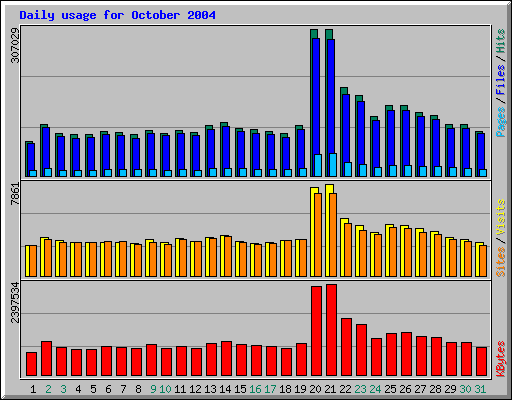Well, it’s official. As reported all over the place, David Goyer is signed on to write, direct and produce a Flash movie. This isn’t just a rumor like the Jack Black Green Lantern, this was announced in Variety.
Goyer’s got experience with superhero films. He wrote all three Blade movies, and the upcoming Batman Begins. He spent several years co-writing the current JSA comic book, in which the original Flash is a regular.
Variety states that the movie will focus on the original Flash, Jay Garrick, though other sources have stated that Goyer wants to use the current Flash, Wally West…and Blade: Trinity‘s Ryan Reynolds is rumored to be in the *ahem* running.
OK, I’m not going to hold my breath about this. Film projects get sidetracked or abandoned all the time—just look at how long it’s taken the next Superman film to get off the ground. As for whether it’s likely to be good or not, Goyer has a hit and miss record. He co-wrote Dark City, one of my favorite films. (It was the first DVD I ever bought. I didn’t even have a DVD player at the time.) On the other hand, I’ve heard almost nothing good about Blade: Trinity. I assume he hasn’t even started the script, though, so it’s way too early to get into the “This will rock!”/“This will suck!” debates.
Not that I expect the rest of the net to wait…
Update June 2005: I’ve added a page on the movie to Flash: Those Who Ride the Lightning: Flash Feature Film.
